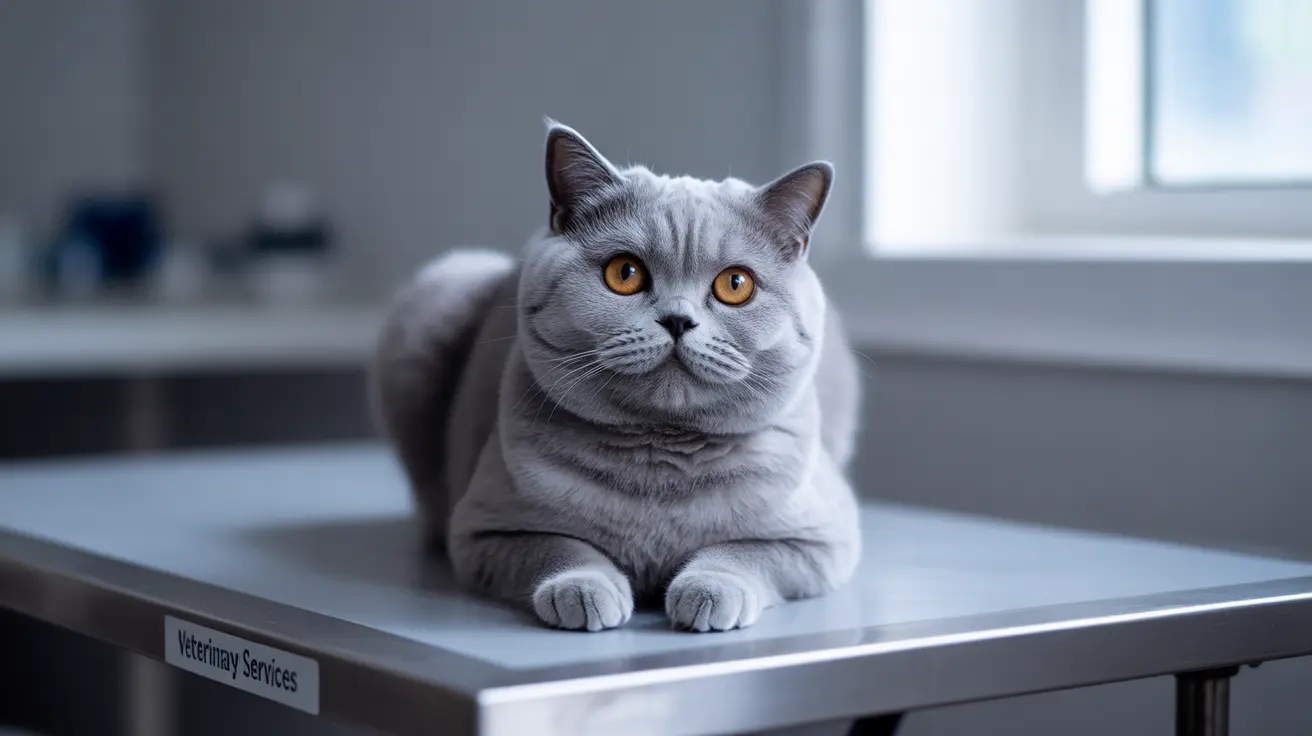What is Anisocoria in Cats?
Anisocoria occurs when a cat's pupils are unequally sized. This condition can affect cats of any age or breed and may develop suddenly or gradually over time. The difference in pupil size might be subtle and only noticeable in certain lighting conditions, or it could be dramatically apparent.
While some cats are born with naturally different-sized pupils that cause no issues, acquired anisocoria often indicates an underlying medical condition that requires attention.
Common Causes of Anisocoria
Physical Trauma and Injury
Eye injuries, head trauma, or corneal ulcers can lead to anisocoria. These injuries may affect the muscles controlling pupil size or damage the eye's structure directly.
Neurological Conditions
Various neurological issues can cause anisocoria, including:
- Horner's Syndrome
- Brain tumors
- Nerve damage
- Spastic pupil syndrome
Eye Diseases and Infections
Several eye-related conditions may result in unequal pupil sizes:
- Uveitis (eye inflammation)
- Glaucoma
- Retinal disease
- Iris atrophy
- Infectious diseases (FeLV, FIV, toxoplasmosis)
Diagnosis and Evaluation
When examining a cat with anisocoria, veterinarians typically perform:
- Comprehensive eye examination
- Neurological assessment
- Blood tests for underlying conditions
- Imaging studies when necessary
- Pressure measurements within the eye
Treatment Options
Treatment approaches vary depending on the underlying cause:
- Medication (eye drops, oral medications)
- Surgery for specific conditions
- Management of systemic diseases
- Supportive care and pain management
The success of treatment largely depends on early detection and intervention. Some cases may require ongoing management, while others might resolve completely with appropriate treatment.
Preventive Measures
While not all causes of anisocoria are preventable, you can reduce risks by:
- Keeping cats indoors to prevent trauma
- Maintaining regular veterinary check-ups
- Staying current with vaccinations
- Promptly addressing any eye-related symptoms
Frequently Asked Questions
What are the most common causes of anisocoria in cats?
The most common causes include eye trauma, neurological conditions like Horner's Syndrome, infections, glaucoma, and uveitis. Some cats may also have congenital anisocoria, meaning they're born with differently sized pupils.
How can I tell if my cat's anisocoria is an emergency requiring immediate veterinary care?
Seek immediate veterinary care if anisocoria appears suddenly, is accompanied by signs of pain (squinting, pawing at the eye), changes in behavior, vision problems, or neurological symptoms like head tilting or difficulty walking.
What diagnostic tests will a vet perform to determine the cause of anisocoria in my cat?
Veterinarians typically perform a complete eye examination, neurological assessment, blood tests, and possibly imaging studies like X-rays or MRI. They may also measure eye pressure and use special dyes to check for corneal injuries.
How is anisocoria treated in cats, and can affected cats fully recover their vision?
Treatment depends on the underlying cause and may include medications, surgery, or management of systemic conditions. Recovery potential varies; some cats recover completely with prompt treatment, while others may have permanent changes in vision or pupil size.
Can anisocoria in cats go away on its own, or does it always need medical intervention?
While some mild cases might resolve spontaneously, it's always recommended to have anisocoria evaluated by a veterinarian since it often indicates serious underlying conditions that require treatment. Waiting could risk your cat's vision and overall health.
Conclusion
Anisocoria in cats is a significant clinical sign that should never be ignored. While some cases may be benign, many indicate serious underlying conditions requiring prompt veterinary attention. Understanding the symptoms and seeking timely medical care can make a crucial difference in your cat's prognosis and quality of life.






